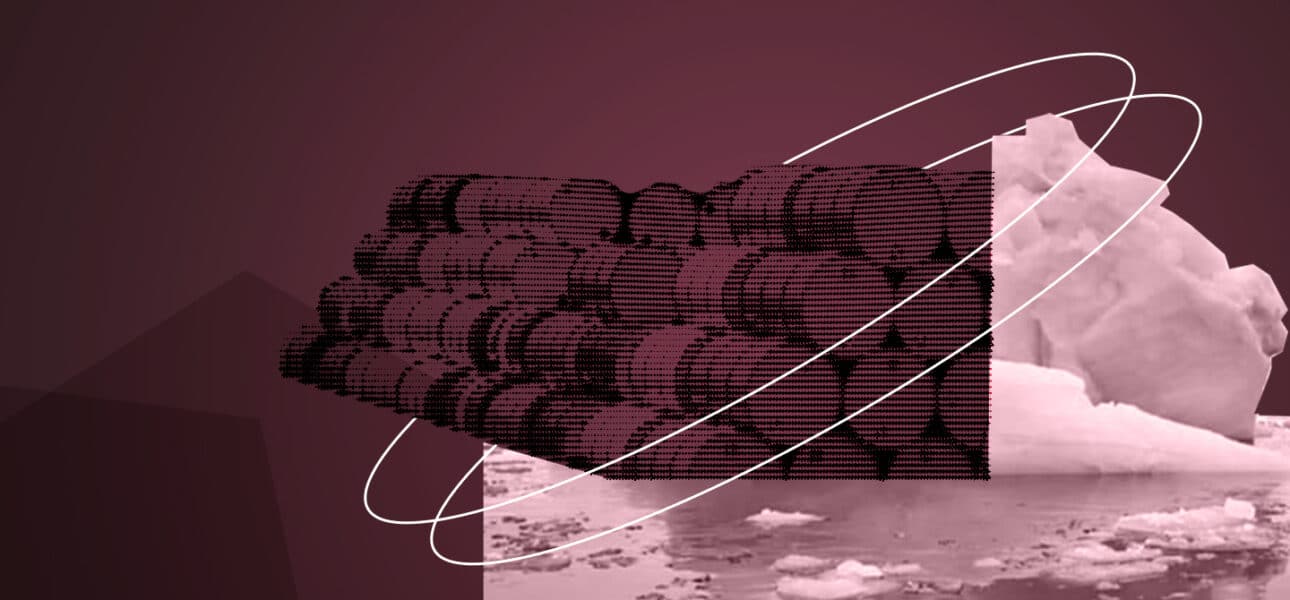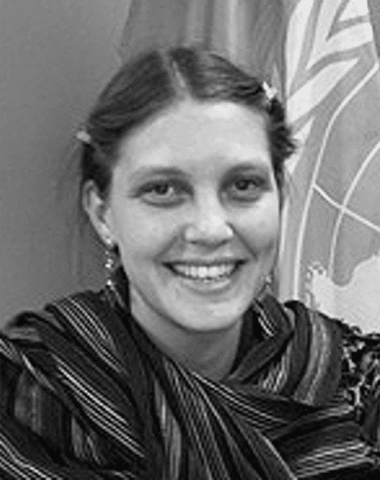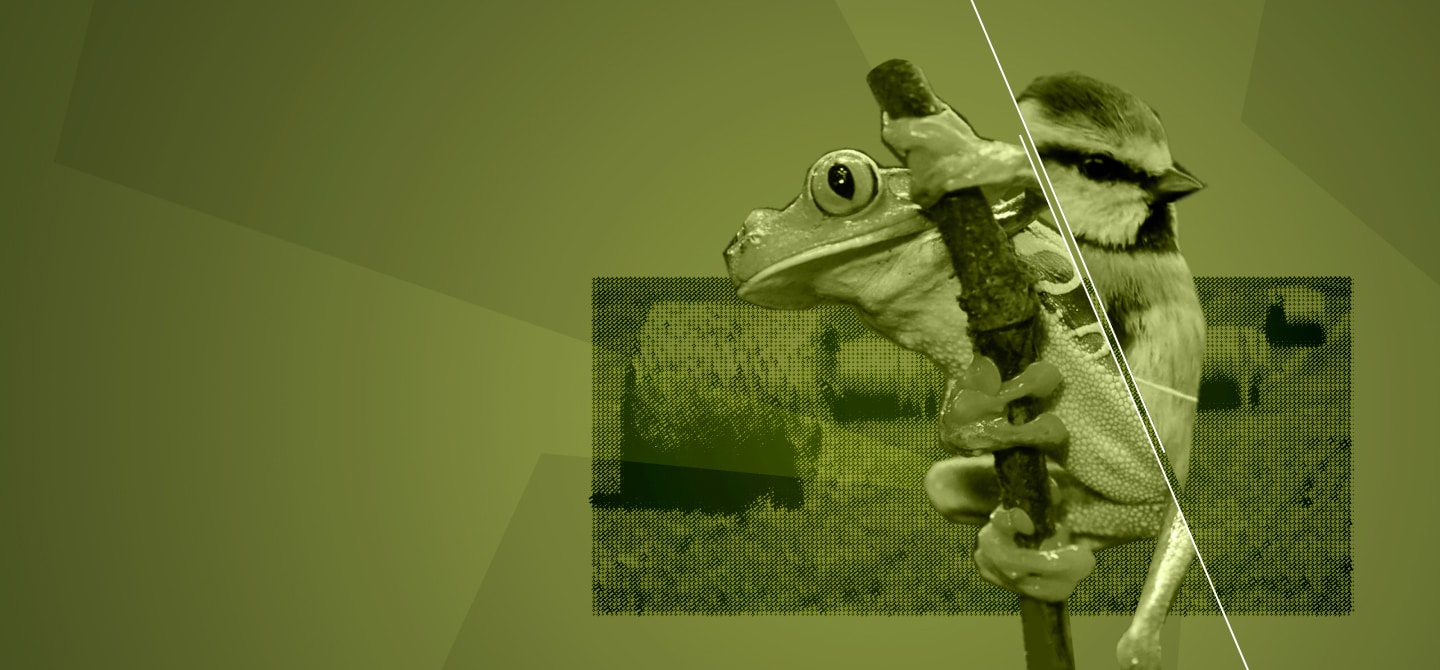More than 3 billion people live in conditions that are extremely vulnerable to climate change1. The impacts are undoubtedly catastrophic for the natural and human systems in place today. However, this global observation hides a degree of variability. In particular, a few communities will benefit at the expense of many more citizens adversely affected by climate change.
What are the effects on food security?
Let us first look at the effects of climate change on crops: the latest IPCC report devotes a chapter to the subject2. On a global scale, yields have increased by a factor of 2.5 to 3 since the 1960s thanks to agricultural techniques (varieties, irrigation, fertilisation etc.). Over the same period, global warming has reduced global yields of maize (-5.9%), wheat (-4.9%) and rice (-4.2%)3 and slowed agricultural productivity growth by 21%4. Between now and the end of the century, yield declines will continue.
But these averages hide regional disparities. While the expected effects are “more negative than positive” according to the IPCC, some regions are benefiting from climate change: roughly speaking, those where average annual temperatures are currently below 10°C (the Arctic and Central Asia for example).
Since the 1960s, warming has slowed agricultural productivity growth by 21%.
“The effects of climate change on crops are numerous and it is difficult to generalise,” says Edward Gerardeaux. Firstly, the global rise in atmospheric CO2 concentration stimulates photosynthesis and therefore increases biomass. “This well-known effect benefits certain crops that use a particular photosynthesis mechanism: wheat, rice, potatoes, etc.” adds Gerardeaux. Another positive effect is the increase in temperature. “In some temperate regions, it reduces heat stress and extends the areas suitable for cultivation, for example towards the poles or at high altitudes,” continues Edward Gerardeaux. In central Madagascar, in the Highlands (the most populated region), rice cultivation is facilitated by climate change. Estimated yields exceed +10% (+576 kg/ha) for the pessimistic GHG emission scenarios5. “The same effect is expected for highland countries such as Rwanda or certain areas of Kenya,” adds Edward Gerardeaux. In recent decades, positive impacts of climate change have been observed on the productivity of maize and rice in Central Asia, maize and soybeans in North America, and wheat in North Africa, Northern Europe and South-East Asia, and rice in Australia.
Conversely, rising temperatures affect the productivity of many plants in regions with higher temperatures. It speeds up their growth and shortens their lifespan. Edward Gerardeaux adds: “Beyond a certain threshold, tissues are degraded and fruiting bodies are sterile: this is particularly true for cluster-flowering plants like maize and rice”. This is compounded by variations in rainfall: rainfall deficits, increased extreme events, etc. Drought has already caused losses in 75% of cultivated areas6, and the combined effects of heat and drought have reduced global yields of maize (-11.6%), soybean (-12.4%) and wheat (-9.2%)7. These effects outweigh the positive impacts in many parts of the world. For example, millet yields have fallen by 10–20%, and sorghum yields by 5–15% in West Africa.
What does this mean for global food security? Food insecurity will increase, particularly in sub-Saharan Africa, South and Central Asia and Central America (+8 to +80 million people affected). “The positive effects on agriculture are not able to compensate for this risk,” concludes Edward Gerardeaux. “Some communities will see their situation improve, but this will not benefit a very large region, especially as trade is more complicated in these areas.”
Malaria
Let us now take the example of malaria, a vector-borne disease caused by parasites of the genus Plasmodium. The prevalence of the disease depends on socio-economic (health system, human behaviour, etc.) and climatic factors. The vector – the Anopheles mosquito – needs adequate rainfall to create egg-laying sites. The Plasmodium parasite requires a suitable temperature (around 20°C) to multiply in the mosquito8. Finally, temperatures that are too high or variable alter transmission.
The result? Vectorial capacity – the ability of mosquitoes to transmit the parasite – has increased in recent years, and rising average temperatures make larger geographical areas suitable for transmission9. But in West Africa, the malaria transmission season will decrease due to reduced rainfall, so the risk of disease is reduced due to climate change10. Conversely, the vectorial capacity of the insect will increase in sub-Saharan Africa, Asia, and South America.
Focus on the Arctic
“There is talk of a possible ‘cold rush’,” says Emmanuelle Quillérou. At the poles, the physical effects of climate change are more widespread and significant11. Climate models show that a global average warming of 4°C translates into an 8°C rise in land temperatures in the Arctic, and it is likely that the ocean will become ice-free in summer before 2050. As a result, new shipping routes and natural resources become available.
By 2050, northern sea routes could be 56% more accessible than today.
Between 2013 and 2019, maritime traffic increased by 25% and the distance travelled by 75%. By 2050, the Northern Sea Routes (Northern Sea Route, Northwest Passages, and the Transpolar Sea Route) could be 56% more accessible than today. There is a clear correlation between the decrease in sea ice extent (-13% per decade so far12) and the increase in maritime traffic. Economic factors also play a major role. “This is mainly due to the increase in domestic traffic in Russia,” comments Emmanuelle Quillérou. “But China and some shipowners like Maersk are positioning themselves as ‘pioneers’ in their use of these routes for international trade by testing crossings.” Shipowners hope to avoid traditional routes such as the Suez Canal and reduce the distance between Asia and Europe by 40%. “However, costs are not reduced by 40%, » cautions Emmanuelle Quillérou. “Fuel consumption is higher than in warm waters, it is sometimes necessary to use an icebreaker, navigation is slower, infrastructure is very limited and passage rights may be required by certain coastal states such as Russia.” Without considering developments other than climate change, cost reductions compared to other shipping routes are estimated at 5–16% today, 29% in 2030 and 37% in 205013.
Another opportunity is the exploitation of natural resources. Many fossil resources are exploited in the region (oil, gas, minerals such as diamonds, rare earths, zinc etc.), and Russia has already expanded the exploitation of natural resources – oil and gas – in the Yamal and Gydan peninsulas. The melting of the ice increases the time frame in which these resources can be exploited and accessed. 90 billion barrels of oil, 1669 billion cubic feet of natural gas and 44 billion barrels of LNG could be available in the future. “The exploitation of natural resources is more complicated than elsewhere because of the extreme climatic conditions. The melting permafrost destabilises the soil and requires the construction of even more expensive infrastructure,” warns Emmanuelle Quillérou. “Lloyd’s, one of the largest insurance companies and a reference in the field, has been refusing to insure certain operating activities in the Arctic since 2012, as the associated financial risks are deemed too great. This has sent a very clear signal. Shell has persisted in the Arctic longer than Total and BP, but ended up stopping operations initiated in the 2000s, as the mismanagement of an oil spill put the brakes on operations.” Despite the opportunities, the increased costs of commercial exploitation of resources and shipping routes are holding back the rush so far.
The rush towards the cold poses significant risks for climate change mitigation. “A sharp increase in the level of economic activity in the Arctic could not only generate heavy pollution of the natural environment but also disrupt the fragile social and diplomatic balance in the region,” concludes Emmanuelle Quillérou. “The safeguards in place are still too limited to limit the impacts on the natural polar environment and therefore on global climate change.” While the region is already highly exposed to climate risk, reducing risks – including new ones such as increased pollutant emissions or cultural and marine ecosystem impacts – through containment strategies is essential in the face of the ‘cold rush’.





















